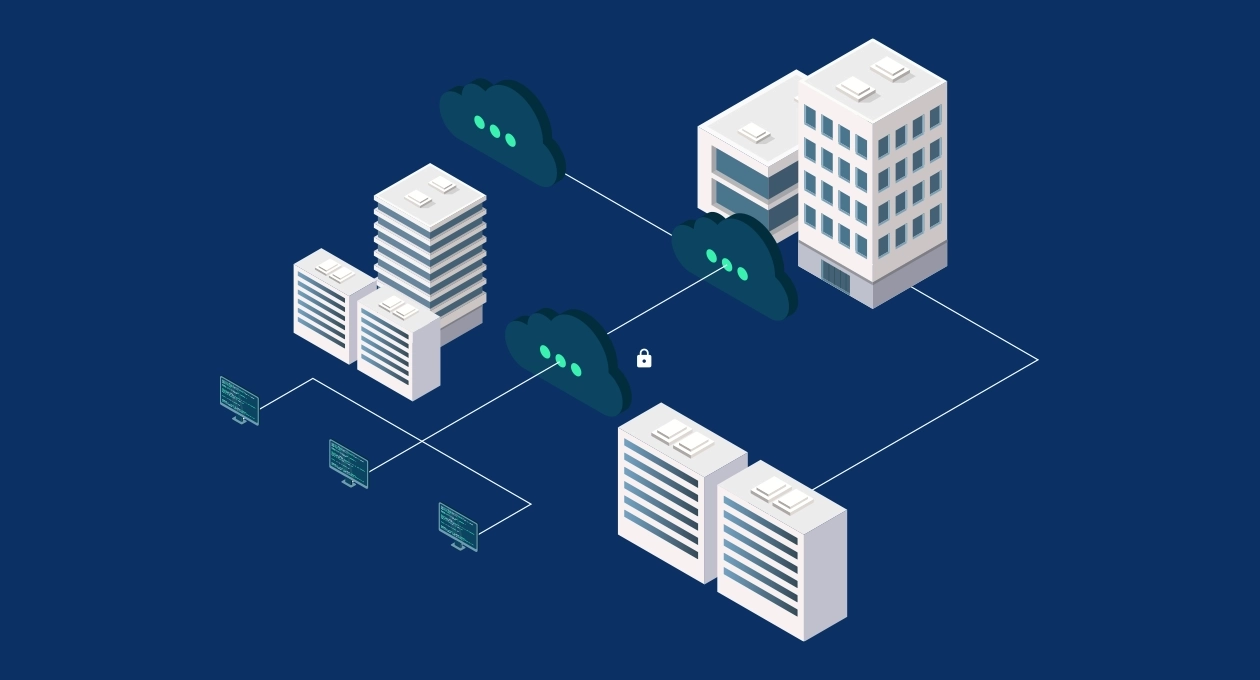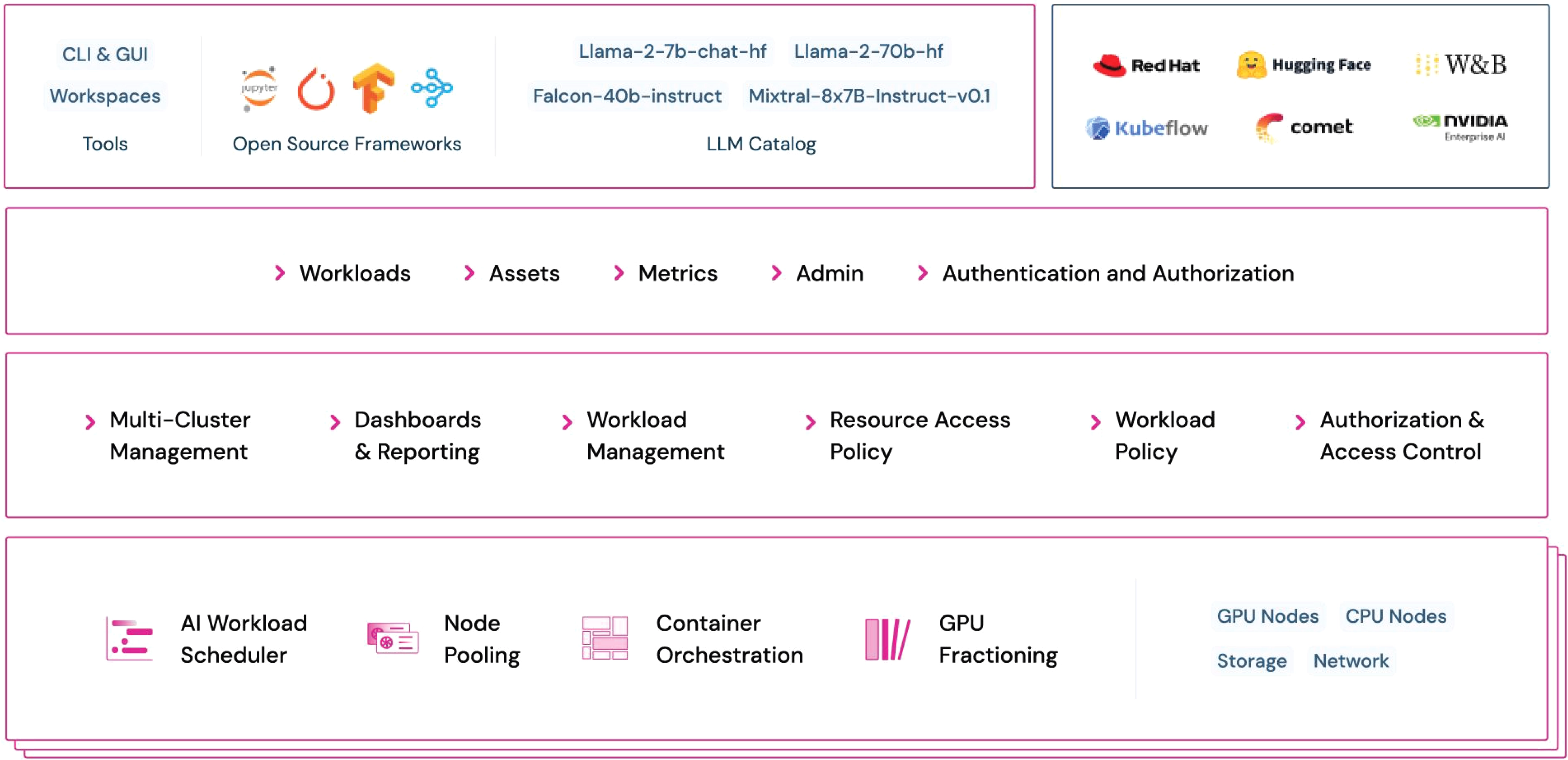PRESSZONE

WHAT IS A HYBRID CLOUD AND WHEN SHOULD IT BE CONSIDERED?
Traditionally IT infrastructure is either located:
- At the premises of your organisation (on-premise)
- In a hosted datacentre environment (private cloud)
- Rented through a hyperscaler, such as AWS or Azure (public cloud)
These options used to be sold against versus one another as competitors, each option having specific advantages and disadvantages. However, there is now a fourth option, multi-cloud, or hybrid-cloud, which offers far more benefits and far fewer drawbacks.
Hybrid cloud offers the best of both worlds, enabling applications, services and workloads to be shared amongst your own private hardware and publicly rented hardware. This results in greater flexibility, scalability and cost efficiency—all while retaining control over specific resources.

A hybrid cloud environment allows organisations to rely on third-party public clouds to scale and optimise their resources while still using on-premise and private cloud to manage more critical workloads that may require greater levels of security or control. Hybrid cloud architectures require integration, orchestration and coordination so you can share, move and synchronise information quickly. Interconnectivity between environments is typically established using a Local Area Network (LAN), Wide Area Network (WAN), Virtual Private Network (VPN) and Application Programming Interfaces (APIs).
Similar to other cloud computing architectures, hybrid cloud platforms leverage virtualisation, containerisation and software-defined networking and storage technologies to abstract and aggregate resources. Dedicated management software allows organisations to allocate resources and enable on-demand provisioning to different environments. This approach offers distinct benefits:
Hybrid cloud solutions have numerous business use cases. They are employed to allow modernisation at a steady, cost-effective pace, as cutting-edge applications and services can be introduced into the organisation without immediate hardware investment. They are also popular with companies in highly-regulated industries that have strict data privacy requirements for how they store, process and interact with their data - similarly the hybrid environment allows innovation but as leased lines and dedicated cloud resource are employed, sensitive data never touches the wider Internet. This is key for organisations developing their own AI models as the data, such as finance or healthcare, often falls under heavy compliance or regulatory burden, where sensitive data is needed to train a model but its integrity must be guaranteed in storage and in transit.
Additionally, hybrid cloud will only get more popular due to the growth in AI-powered cloud management platforms that have the ability to help automate workload management, improve decision-making capabilities, and optimise resource allocation and where data is stored.

Having stated its numerous advantages, it is also fair to say hybrid cloud environments can also be complex. You’ll still need to make hardware investment and management of that infrastructure. It can also be difficult to establish visibility into all the systems, applications, platforms and processes contained in your hybrid cloud, which can mean missing critical issues or opportunities. In addition, on-premises and public cloud environments are not always compatible, making it difficult to synchronise transmission of data.
It is key to carefully assess whether the benefits of hybrid cloud match with your specific priorities, budget, and the skills of your team. It’s also important to evaluate cloud vendors and tools that support open platforms and provide hybrid cloud management capabilities. For demanding workloads such as HPC or AI, it is also key that the networking and storage elements of the cloud infrastructure match the capability of the compute nodes.